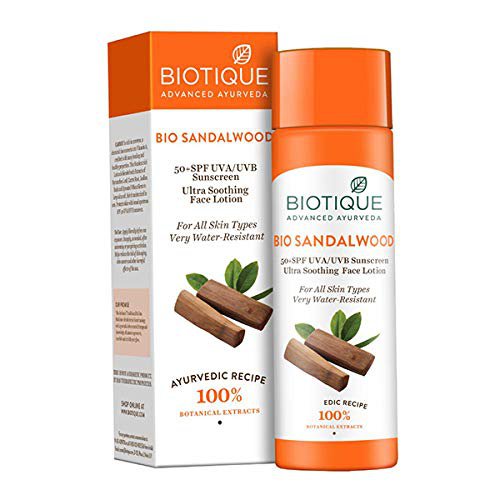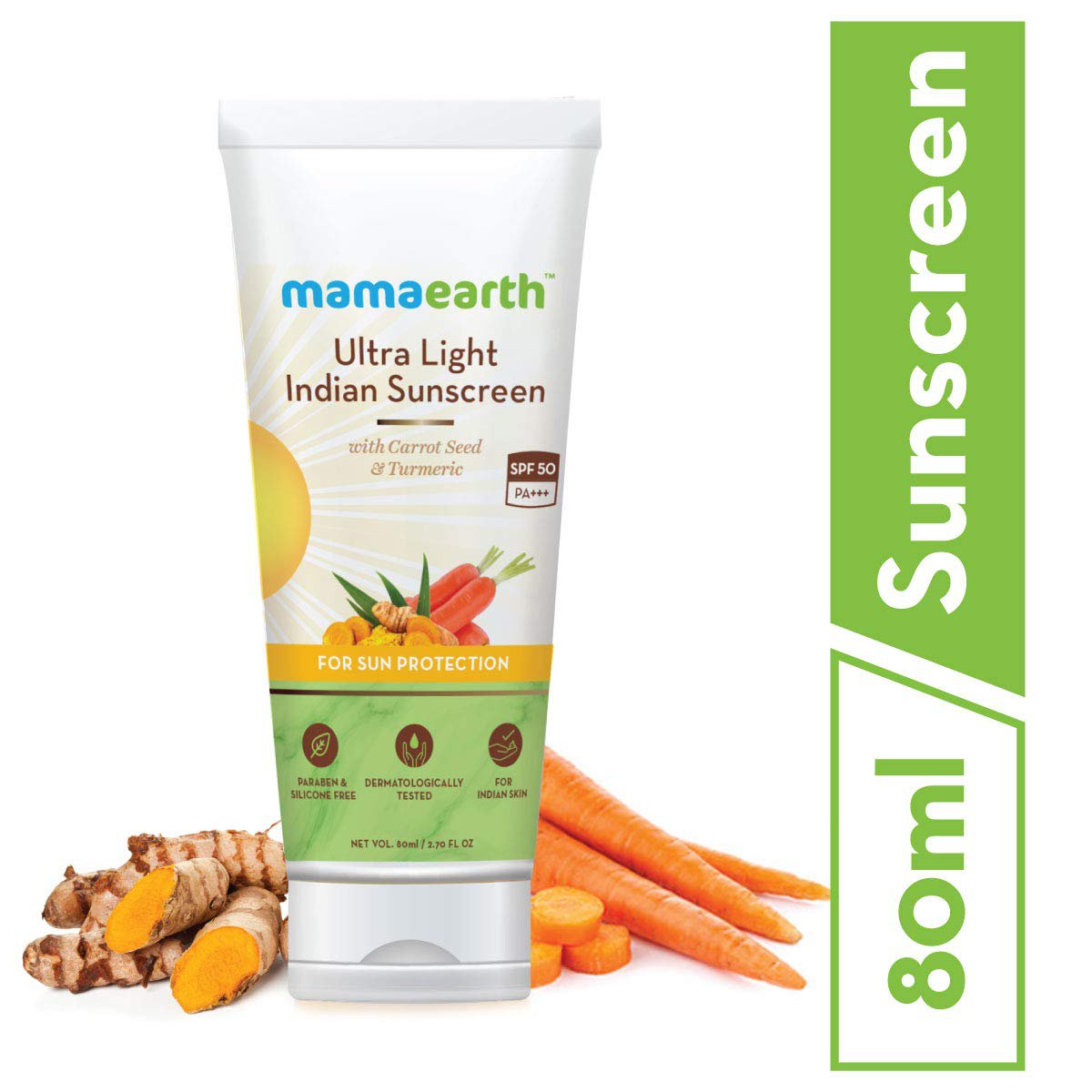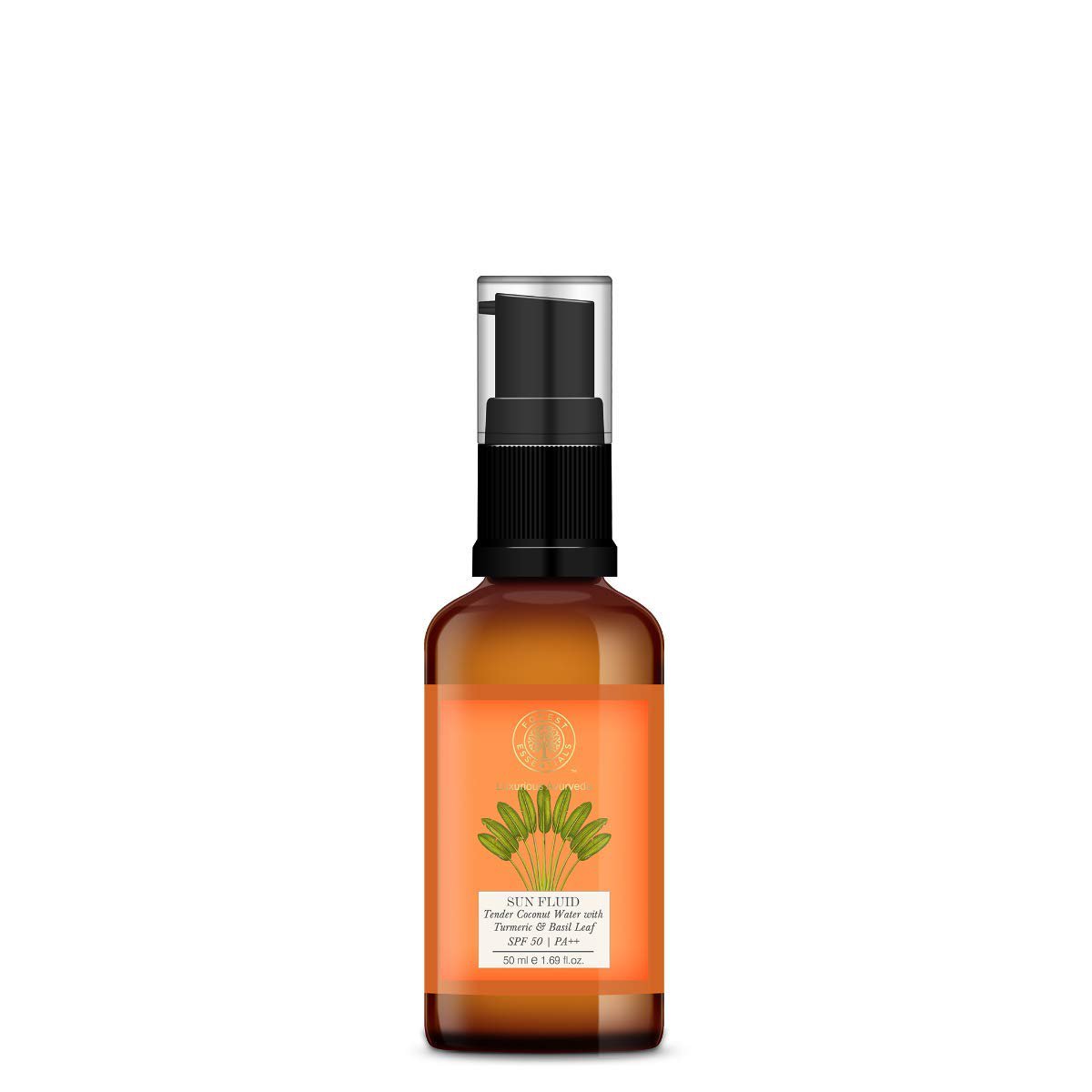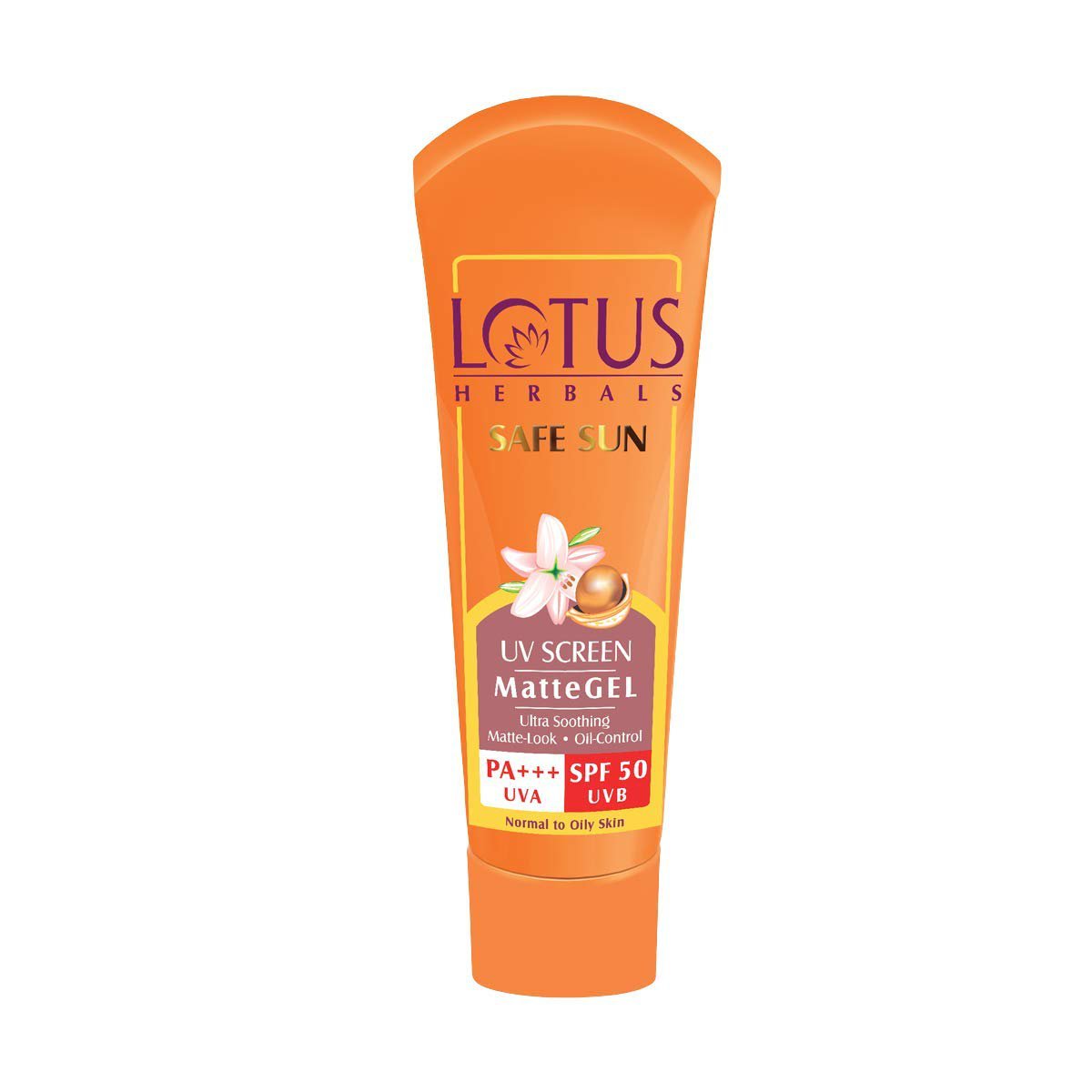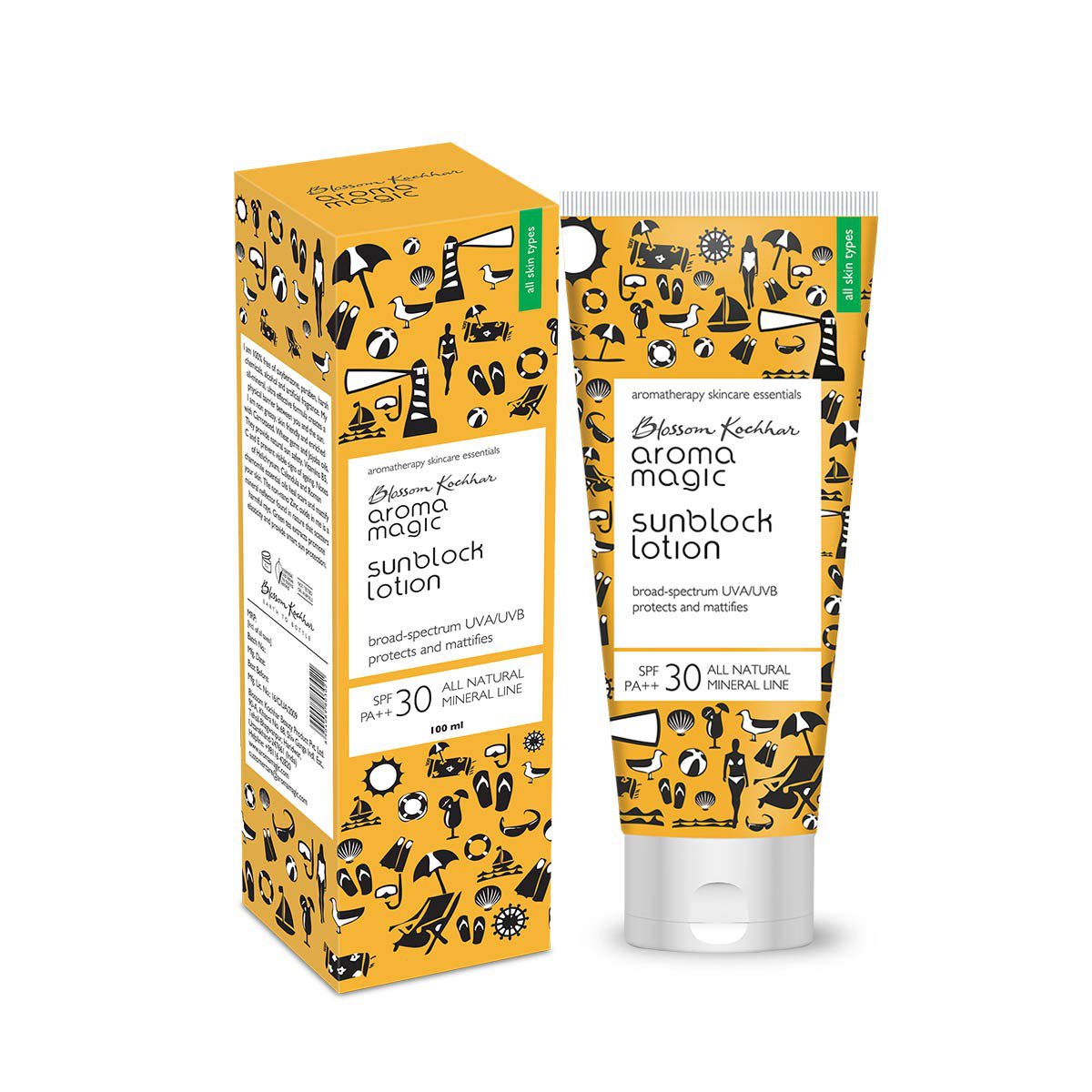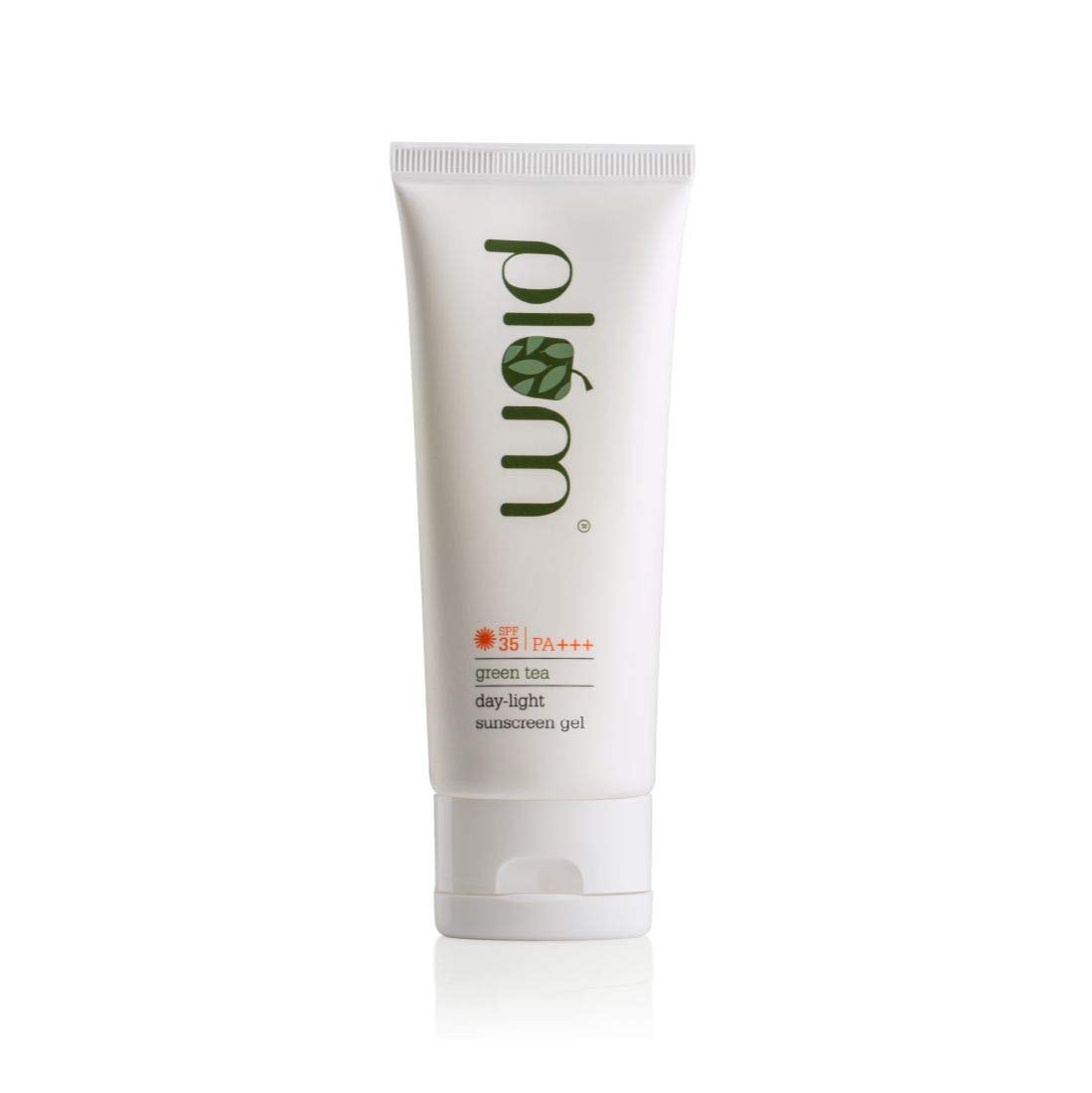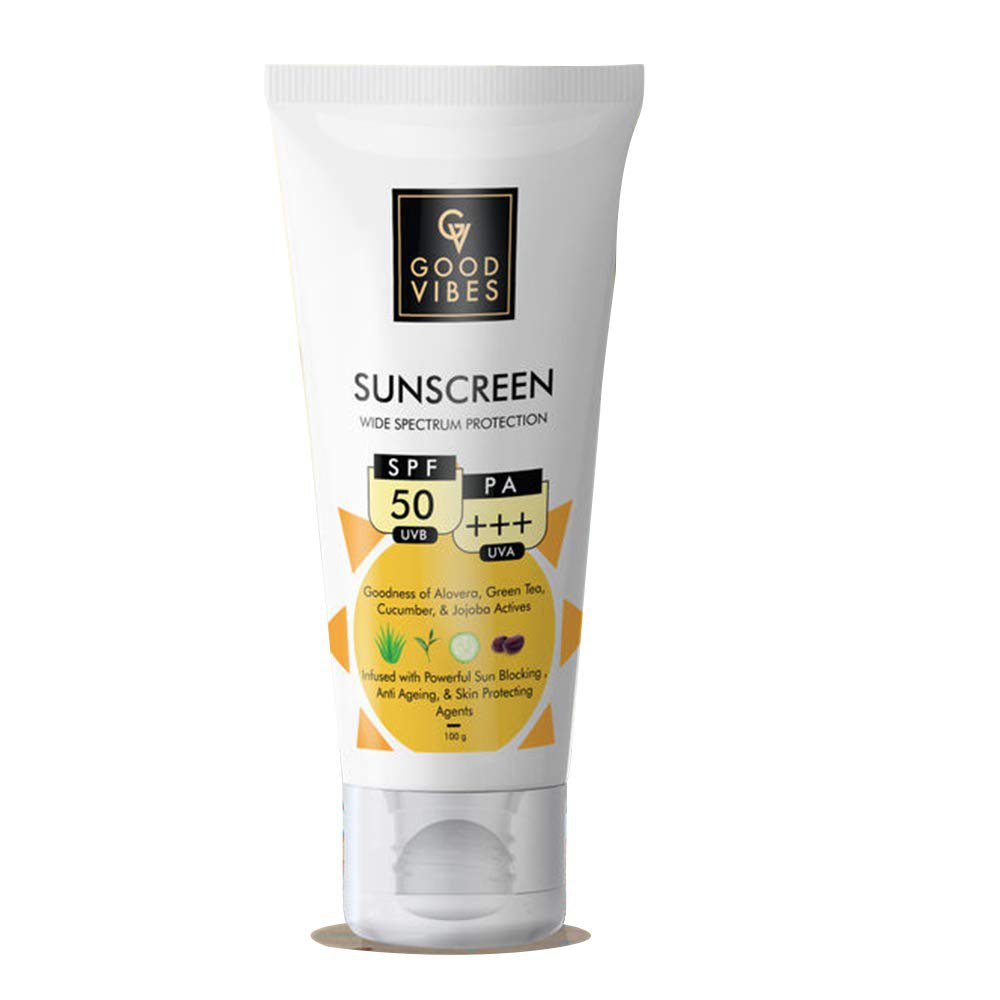Shield Your Skin This Summer The Right Way: The Ultimate Guide To Sunscreens And Our 10 Most Favourite Brands
5 minuteRead

The past year had us all cooped up in our homes for so long that most of us would jump at any chance to head out. And with summer fast approaching, there’s something other than just fresh air that you’ll encounter. We’re talking about the good ol’ sun that can give us vitamin D and set the scene for a perfect picnic outside while somehow also causing premature aging and putting us at risk of skin cancer. The best way to prevent all the damage that the sun can cause is to just not head out into the sun. But since that’s not the most practical approach, dermatologists recommend the second-best thing: a good sun cream.
However, one trip to the store and you’re bound to be confronted by a range of sunscreens on display, all promising something different. So how do you go about picking the best sunscreen? Should you pick up the popular Neutrogena sunscreen, the trusty-old Lakme sunscreen, or the mom-approved lotus sunscreen? In order to make the best decision for yourself, it’s important to first understand that not all sunscreens are made alike. Different formulations suit different skin types. For instance, some brands claim sunscreen cream as the ideal option while others promote more lotion-like formulas. The best sunscreen for oily skin out there will most likely break out someone with dry, acne-prone skin. The ideal sunscreen lotion for dry skin, on the other hand, might look greasy on someone with oily skin.
More importantly, however, all the details you see on the packaging of different sunscreens are key to understanding the kind of protection you’ll be getting from them. So in addition to picking a formulation that suits your skin type, it’s important to opt for a sunscreen that gives you the most protection. Here’s what you should do when you head to the store or browse through your options online:
1. Pay Attention To The SPF
SPF, or “Sun Protection Factor,” measures how much solar energy is needed to cause a sunburn when you’re wearing sunscreen as compared to when your skin is unprotected. So a sunscreen with SPF 30 will protect you from 97% of UVB rays from reaching your skin, provided you use it as directed on the packaging.
Recent research shows that a higher SPF might, in fact, make a small difference in how much protection you’re getting. Although your skin will do well at SPF 30, sunscreen with SPF 50 might offer up to 1% more protection. That said, a higher SPF is also stickier and doesn’t last any longer than something with a lower SPF. So if you’re heading out for a long day in the sun, go for a higher SPF. But if you’d like to keep things light and non-sticky, an SPF 30 option works as well.
2. Look For Broad Spectrum Protection
You’re bound to have heard the terms UVA and UVB being used in reference to sunscreens. They’re vital in understanding how sun protection works. The sun emits different types of light rays, two of which are chiefly responsible for causing skin damage, namely ultraviolet A (UVA) and ultraviolet B (UVB) rays. UVB rays are short and can’t penetrate glass, but are the ones that cause sunburns. Meanwhile, UVA rays are long and can penetrate glass. This makes them very harmful since they affect your skin beneath the surface even when you can’t see any obvious external sunburns.
Your sunscreen, hence, needs to be a broad spectrum/multi-spectrum sunscreen, offering protection from both UVA and UVB rays. A good way to gauge that is to look for a PA factor on the packaging, which is a rating system developed in Japan that measures UVA protection from “+” to “++++.” A sunscreen with a good SPF number and a high PA rating will give you the best possible sun protection.
3. Look For Details On Application And Reapplication
The back of your sunscreen will give you a rough estimate regarding when to apply your sunscreen before heading out. Usually, it takes 15-20 minutes for the sunscreen to sink into your skin. It will also remind you to reapply your sunscreen often, which is something most of us miss out on. Whether you’re heading out in the scorching sun or spending your time in the shade of a cafe, or even lounging around at home, don’t forget to reapply your sunscreen. Some brands recommend every two hours, others go for an hour.
In addition to this, look for any details on how much sunscreen is recommended for application. Too many of us use far too little. A good benchmark is about 30 grams or a shot glass worth of sunscreen. Be sure to cover all exposed areas because every inch matters. And don’t skimp out on sunscreen if you’re dark-skinned. Our skin is susceptible to sun damage regardless of our skin tone.
4. Check If It’s A Physical Or Chemical Sunscreen
More terms commonly used in discussions on sunscreens: physical/mineral and chemical sunscreens differ in their active ingredients. The former contains either zinc or titanium dioxide. It is believed that they create a protective barrier on the surface of the skin that reflects and scatters UV rays away from the body. However, more recent research states that they protect skin by absorbing up to 95% of the sun’s rays. Physical sunscreens typically leave that recognizable white cast but some formulations are tinted or use synthetic chemicals to break down particles and help the cream glide on smoothly.
Chemical sunscreens, on the other hand, contain other active ingredients that absorb quickly and cause a chemical reaction that converts UV light into heat so that your skin isn’t harmed.
Both options work well for sun protection.
Besides this, avoid using sunscreen that’s formulated for the body on your face if you’re prone to rashes and breakouts. Our face is often more sensitive than the rest of our body and so many people prefer a lightweight, nongreasy sunscreen for their face, especially if they wear makeup. However, if your skin can withstand anything, you can save some money and use a body sunscreen for your face and vice versa. Talk to your dermatologist about whether you should go for a physical or chemical sunscreen if you have skin conditions like eczema and rosacea or are prone to allergic dermatitis. There are also fragrance-free and hypoallergenic options that will help keep any unpleasant side effects at bay.
And if you can’t imagine spending an evening comparing all the brands at your disposal, we figured we’d save you some time and research and put together a list of our personal favourites that you could start off with. In no particular order, here are all the sunscreens we recommend.
1. Biotique Bio Sandalwood Sunscreen Ultra Soothing Face LotionIf you love all things herbal, you’re bound to be drawn to what Biotique has to offer. Lightweight and water-resistant, this one’s formulated for all skin types. It doesn’t leave a white cast and is moisturizing enough that you can skip your regular lotion or serum when you’re in a hurry. It’s also got a strong sandalwood fragrance.
Biotique Bio Sandalwood Sunscreen Ultra Soothing Face Lotion
2. Mamaearth Ultra Light Indian Sunscreen
A slightly thicker lotion than the last, Mamaearth’s sunscreen is light, quick-absorbing, non-greasy, and non-sticky. It spreads easily, so a little goes a long way. Free from silicones, parabens, and mineral oils, it’s an affordable and safe option that’s best suited for winter months or for those with dry skin.
Mamaearth Ultra Light Indian Sunscreen
3. Forest Essentials Sun Fluid Tender Coconut Water with Turmeric And Basil LeafIf you like lighter, watery texture when it comes to sunscreens then this one’s for you. It comes in a pump bottle and is easy to apply. Non-sticky, nongreasy, and light this is a good option if you wear makeup every day. It also doesn’t leave a white cast.
Forest Essentials Sun Fluid Tender Coconut Water with Turmeric And Basil Leaf
4. Lotus Herbals Safe Sun UV Screen Matte GelYou’d have to be living under a rock not to have heard of this cult-favorite sunscreen.
Affordable, reliable, and long-lasting, this is one of the best options out there when it comes to sun protection. It’s mattifying so it doesn’t leave you looking greasy, it absorbs quickly, and is gentle on the skin. If you’ve just ventured into the world of sunscreens, this is a good option to go with.
Lotus Herbals Safe Sun UV Screen Matte Gel
5. Aroma Magic Sunblock LotionDevoid of any parabens and sulfates, this is well suited for people with sensitive skin. It absorbs quickly and is non-greasy. It has a light, lotion-like consistency which lends itself well to being added to a makeup routine. It’s got a mild fragrance as well.
6. Dr. Sheth’s Basic Brightening Daily Sunscreen

If you’re looking for a physical sunscreen that’s fragrance-free, this one’s for you. It contains both titanium dioxide and zinc oxide and the sunscreen’s formulation is well suited to people with sensitive skin who are prone to allergic breakouts and inflammation.
Dr. Sheth’s Basic Brightening Daily Sunscreen
7. Lakme Sun Expert Ultra-Matte LotionWomen with dry skin will fall in love with this sunscreen. It blends into the skin like a dream and keeps it hydrated for hours. The non-sticky formulation makes it a good option for sweaty summers. It’s also mattifying and a lot of women love using this one when they’d like to skip on their foundation or bb cream.
Lakme Sun Expert Ultra-Matte Lotion
8. Plum Green Tea Day-Light SunscreenVegans, this one for you! A cruelty-free, phthalate-free, and paraben-free option that is light and non-comedogenic. The aloe juice and calendula extract are great additions for skin that’s easily irritated. Green tea extract keeps acne at bay. It’s well suited to combination and acne-prone skin and has a gel-like consistency. The company also donates 1% of its proceeds to the planet, so you can be an eco-warrior while also protecting your skin.
Plum Green Tea Day-Light Sunscreen
9. Good Vibes Wide Spectrum Sunscreen
For women with dry skin, here’s another stellar option for you. A wide-spectrum sunscreen that blends in easily and doesn’t leave a white cast this one’s got a host of good-for-you ingredients like aloe vera, cucumber, green tea, and jojoba which nourish your skin. These ingredients also work well for acne-prone skin.
10. Neutrogena Ultra Sheer Dry-Touch Sunblock

This one’s popularity is through the roof. Recommended by dermatologists across the country, Neutrogena’s sunblock is oil-free, non-comedogenic, and suited to sensitive skin. It’s water-resistant as well so if you’re heading on a beach vacation, this is a trustworthy sunscreen to pack along with your swimsuit. Those loyal to this brand love the light-weight, non-sticky texture and the mattifying finish that the sunblock gives you. When in doubt, pick this sunscreen.
Neutrogena Ultra Sheer Dry-Touch Sunblock
Now that you’re armed with every possible thing you could ever need to know about sunscreen, you’re ready to step out in the sun and not worry about all the damage it could be doing to you. We would, however, like to add in a quick word and say that even if you do wear sunscreen, we recommend staying indoors, wearing a hat, or investing in sun-protective clothing, especially if you’re heading out into the bright afternoon sun between the hours of noon and 4 pm.
Write, Record and Answer! Consume Unlimited Content! All you need to do is sign in and its absolutely free!
Continue with one click!!By signing up, you agree to our Terms and Conditions and Privacy Policy.




